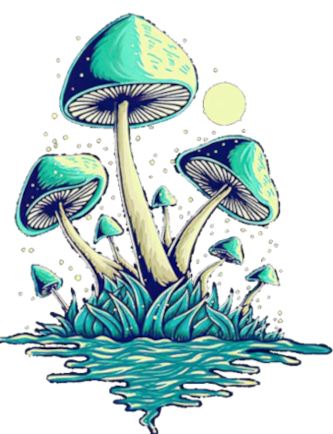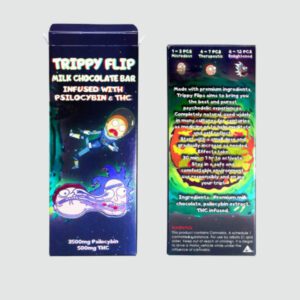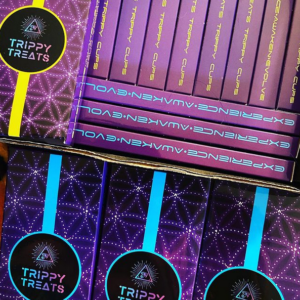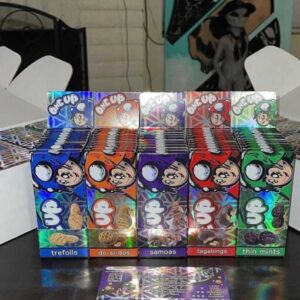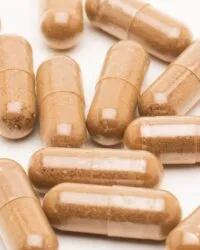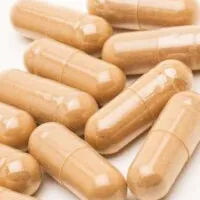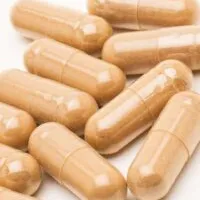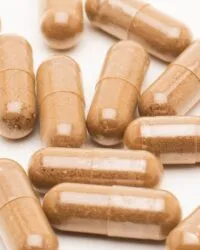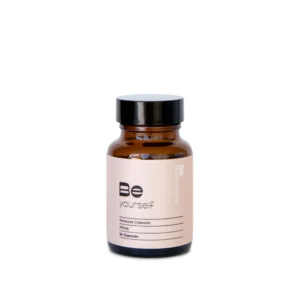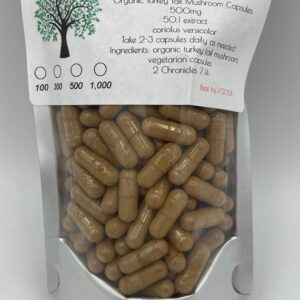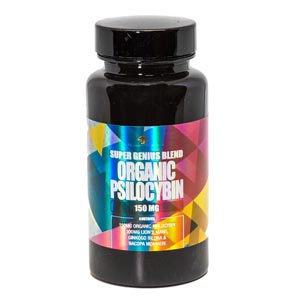Psilocybin Magic Mushroom
Psilocybin Mushroom For Sale Online Australia
Magic mushroom” redirects here. For other uses, see Magic mushroom (disambiguation). Psilocybin Mushroom For Sale Online Australia

Psilocybin mushrooms, commonly known as magic mushrooms, are a polyphyletic informal group of fungi that contain psilocybin, which turns into psilocin upon ingestion. Biological genera containing psilocybin mushrooms include Psilocybe, Panaeolus (including Copelandia), Inocybe, Pluteus, Gymnopilus, and Pholiotina.
Amongst other cultural applications, psilocybin mushrooms are used as recreational drugs. They may be depicted in Stone Age rock art in Africa and Europe, but are more certainly represented in pre-Columbian sculptures and glyphs seen throughout the Americas.
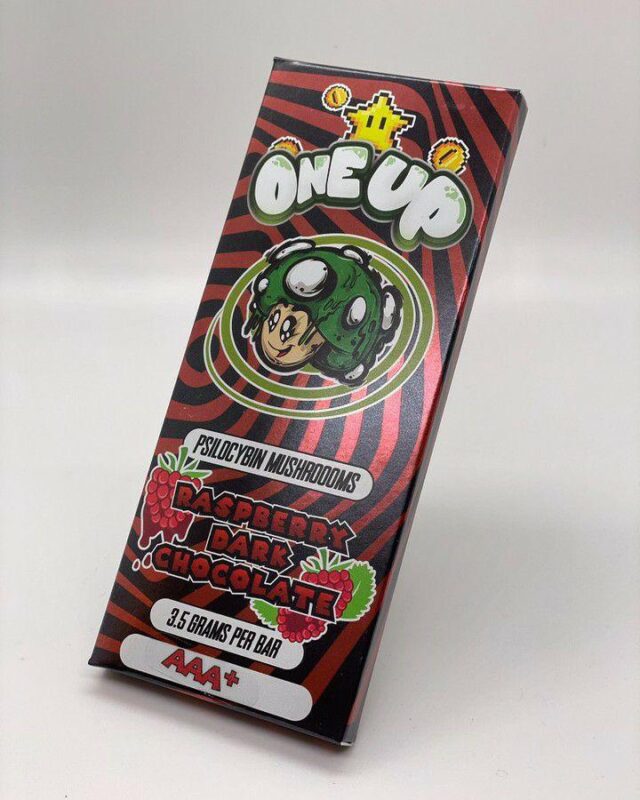
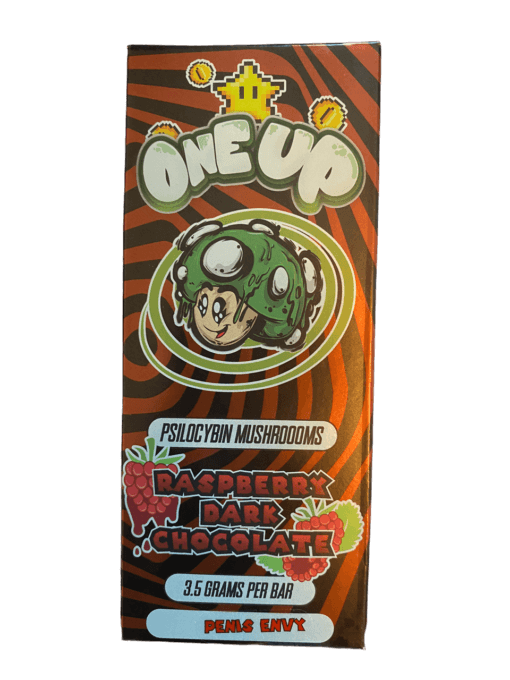

History
Main article: Psilocybin § History
Psilocybin mushrooms have been[when?] and continue to be used in indigenous South American cultures in religious, divinatory, or spiritual contexts.[1][failed verification]
Rock art from c. 9000–7000 BCE from Tassili, Algeria, is believed to depict psychedelic mushrooms and the transformation of the user under their influence.[2] Prehistoric rock art near Villar del Humo in Spain suggests that Psilocybe hispanica was used in religious rituals 6,000 years ago.[3] The hallucinogenic[4] species of the Psilocybe genus have a history of use among the native peoples of Mesoamerica for religious communion, divination, and healing, from pre-Columbian times to the present day.[5] Mushroom stones and motifs have been found in Guatemala.[6] A statuette dating from c. 200 CE depicting a mushroom strongly resembling Psilocybe mexicana was found in the west Mexican state of Colima in a shaft and chamber tomb. A Psilocybe species known to the Aztecs as teōnanācatl (literally “divine mushroom”: the agglutinative form of teōtl (god, sacred) and nanācatl (mushroom) in Nahuatl language) was reportedly served at the coronation of the Aztec ruler Moctezuma II in 1502. Aztecs and Mazatecs referred to psilocybin mushrooms as genius mushrooms, divinatory mushrooms, and wondrous mushrooms when translated into English.[7] Bernardino de Sahagún reported the ritualistic use of teonanácatl by the Aztecs when he traveled to Central America after the expedition of Hernán Cortés.[8]
-
 Wonder Bars Psychedelic Mushroom Chocolate$245.00 – $650.00
Wonder Bars Psychedelic Mushroom Chocolate$245.00 – $650.00 -
 Vegan dark chocolate bars$245.00 – $610.00
Vegan dark chocolate bars$245.00 – $610.00 -
 Trippy Flip Milk Chocolate Bar$245.00 – $785.00
Trippy Flip Milk Chocolate Bar$245.00 – $785.00 -
 TRIPPY Chocolate BARS$245.00 – $900.00
TRIPPY Chocolate BARS$245.00 – $900.00 -
 Trefoils, Do-si-dos, Samoas, Tagalongs, Thin mints Mushroom Oneup-Bars$235.00 – $890.00
Trefoils, Do-si-dos, Samoas, Tagalongs, Thin mints Mushroom Oneup-Bars$235.00 – $890.00 -
 One Up Psilocybin Mushroom Chocolate Bar 3.5g$245.00 – $700.00
One Up Psilocybin Mushroom Chocolate Bar 3.5g$245.00 – $700.00 -
 Midnight Mint – Psychedelic Chocolate Bar$245.00 – $610.00
Midnight Mint – Psychedelic Chocolate Bar$245.00 – $610.00 -
 Medicinal Mushrooms for Pets$230.00 – $299.00
Medicinal Mushrooms for Pets$230.00 – $299.00 -
 Golden Teacher–Psychedelic Chocolate Bar$235.00 – $650.00
Golden Teacher–Psychedelic Chocolate Bar$235.00 – $650.00
After the Spanish conquest, Catholic missionaries campaigned against the cultural tradition of the Aztecs, dismissing the Aztecs as idolaters, and the use of hallucinogenic plants and mushrooms, together with other pre-Christian traditions, was quickly suppressed.[6] The Spanish believed the mushroom allowed the Aztecs and others to communicate with demons. Despite this history, the use of teonanácatl has persisted in some remote areas.[1] Psilocybin Mushroom For Sale Online Australia
Modern

The first mention of hallucinogenic mushrooms in European medicinal literature was in the London Medical and Physical Journal in 1799: A man served Psilocybe semilanceata mushrooms he had picked for breakfast in London’s Green Park to his family. The apothecary who treated them later described how the youngest child “was attacked with fits of immoderate laughter, nor could the threats of his father or mother refrain him.”[9]

In 1955, Valentina Pavlovna Wasson and R. Gordon Wasson became the first known European Americans to actively participate in an indigenous mushroom ceremony. The Wassons did much to publicize their experience, even publishing an article on their experiences in Life on May 13, 1957.[10] In 1956, Roger Heim identified the psychoactive mushroom the Wassons brought back from Mexico as Psilocybe,[11] and in 1958, Albert Hofmann first identified psilocybin and psilocin as the active compounds in these mushrooms.[12][13]
Inspired by the Wassons’ Life article, Timothy Leary traveled to Mexico to experience psilocybin mushrooms himself. When he returned to Harvard in 1960, he and Richard Alpert started the Harvard Psilocybin Project, promoting psychological and religious studies of psilocybin and other psychedelic drugs. Alpert and Leary sought to conduct research with psilocybin on prisoners in the 1960s, testing its effects on recidivism.[14] This experiment reviewed the subjects six months later, and found that the recidivism rate had decreased beyond their expectation, below 40%. This, and another experiment administering psilocybin to graduate divinity students, showed controversy. Shortly after Leary and Alpert were dismissed from their jobs by Harvard in 1963, they turned their attention toward promoting the psychedelic experience to the nascent hippie counterculture.[15] Psilocybin Mushroom For Sale Online Australia
-
 Health Capsules (50mg-200mg)$270.00
Health Capsules (50mg-200mg)$270.00 -
 Clarity Capsules (50mg-200mg)$265.00
Clarity Capsules (50mg-200mg)$265.00 -
 Chill Capsules (50mg-200mg)$260.00
Chill Capsules (50mg-200mg)$260.00 -
 Brain Capsules (50mg-200mg)$265.00
Brain Capsules (50mg-200mg)$265.00 -
 Be Yourself (Core) Microdose Psilocybin Capsules$275.00
Be Yourself (Core) Microdose Psilocybin Capsules$275.00 -
 Ultimate Mens Performance Micro Dose Stack$235.00
Ultimate Mens Performance Micro Dose Stack$235.00 -
 Turkey Tail Mushroom Capsules$235.00 – $950.00
Turkey Tail Mushroom Capsules$235.00 – $950.00 -
 Ultimate Microdose 300 Stack$230.00
Ultimate Microdose 300 Stack$230.00 -
 SoulCybin$225.00
SoulCybin$225.00
The popularization of entheogens by the Wassons, Leary, Terence McKenna, Robert Anton Wilson, and many others led to an explosion in the use of psilocybin mushrooms throughout the world. By the early 1970s, many psilocybin mushroom species were described from temperate North America, Europe, and Asia and were widely collected. Books describing methods of cultivating large quantities of Psilocybe cubensis were also published. The availability of psilocybin mushrooms from wild and cultivated sources has made them one of the most widely used psychedelic drugs.
At present, psilocybin mushroom use has been reported among some groups spanning from central Mexico to Oaxaca, including groups of Nahua, Mixtecs, Mixe, Mazatecs, Zapotecs, and others.[1] An important figure of mushroom usage in Mexico was María Sabina,[16] who used native mushrooms, such as Psilocybe mexicana in her practice.
